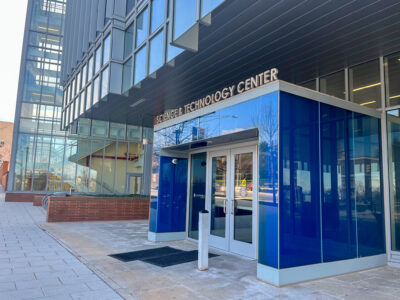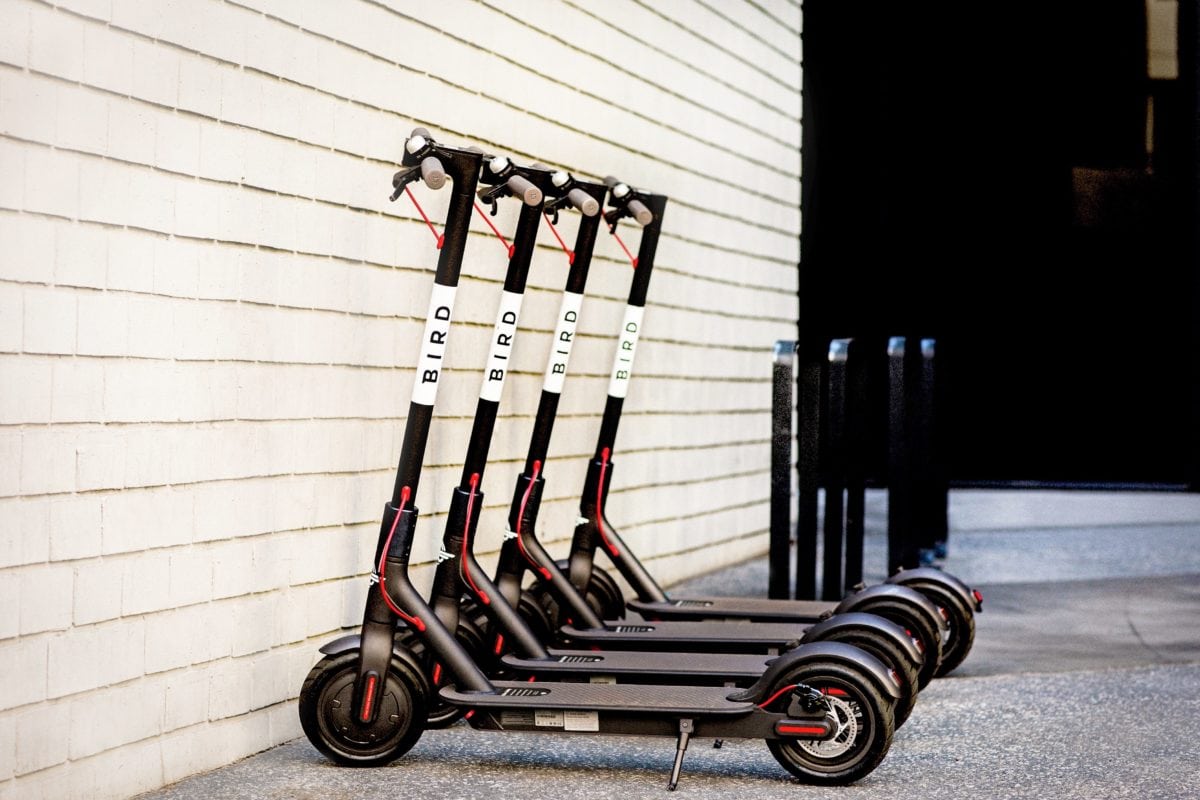Baltimore is moving toward finalizing rules and regulations for dockless transportation options, but the city’s transportation department is asking the public to weigh in first.
The proposed rules provide a look at how a city regulates new forms of transportation in real-time.
In March, the Baltimore City Council passed a bill that governs the e-scooters and e-bikes. On Tuesday, the transportation department published a draft of rules and regulations that would allow companies to receive a permit. The public will have a month to provide comments.
Once that’s complete, the city is planning a competitive application process, and four companies will be chosen for permits. The city currently has four e-scooter operators: Bird, JUMP, Lime and Spin. JUMP and Lime were also approved for e-bikes. Each company was participating in the city’s pilot program, which was introduced after officials decided to nix a bikeshare system with fixed stations. During that process, the city gathered data, surveyed citizens and extended it to gather more from additional companies.
“The proposed rules and regulations are a necessary step in our long-term plan to manage the future of a thriving dockless program in Baltimore,” stated Acting Transportation Director Frank J. Murphy. “With this approach, we are making great strides to ensure that all citizens across the city have easy access to equitable transportation.”
The dockless options can be unlocked via app and don’t require e-scooters or bikes to be left at a station.
The draft regulations state that the companies who get a permit can operate anywhere from 150 to 1,000 dockless for a single vehicle, and up to 2,000 for two kinds of vehicles (i.e. e-scooters and e-bikes). The vehicles also must be made unavailable between 11 p.m. and 4 a.m. The speed limit will be 15 mph citywide, and 8 mph in certain high-traffic areas. These reduced speed zones include the Inner Harbor promenade from Canton Waterfront Park to Federal Hill. There are also no-ride zones, including M&T Bank Stadium, Camden Yards and parking lots.
The apps must also display safety information, including a banner with a tip. The proposal also includes a provision requiring an API to be made publicly available that shows the current location of all dockless vehicles at all times. A private API with mobility data for the Department of Transportation (DOT) is also required under the proposal.
A key emphasis for the city’s pilot was on equitable access. The proposed rules specify 20 equity zones where at least three vehicles must be deployed by 8 a.m. each day. Another provision states that permit holders offer a cash option in each of nine “deployment zones,” as well as a low-income customer plan.
Per DOT: “The public is encouraged to submit comments on the BCDOT website at dockless.bcdot@gmail.com. Comments can also be submitted in writing to the BCDOT at 417 E. Fayette Street, 5th Floor, Room 559, Baltimore, Maryland 21202. When submitting comments, the public should be specific about the section in question and submit alternative preferred language if possible.”
Join the conversation!
Find news, events, jobs and people who share your interests on Technical.ly's open community Slack

Baltimore daily roundup: Real estate deal in the Peninsula; Missing $100M nitrile glove factory; Dirt bike clampdown

Baltimore daily roundup: Gen AI's software dev skills; UpSurge Tech Ecosystem Report; MD service year program

Baltimore daily roundup: Mayoral candidates talk tech and biz; a guide to greentech vocabulary; a Dutch delegation's visit


